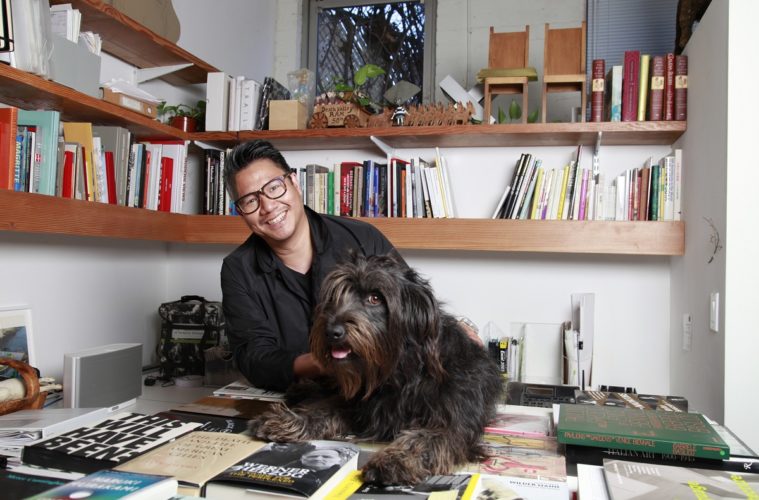To help tell the story of filmmaking at the new Academy Museum of Motion Pictures, the Academy of Motion Picture Arts and Sciences turned to global creative firm wHY to design the exhibit spaces. Founder and Creative Director Kulapat Yantrasast explains the design philosophy behind the project in a new episode of the AAFCA Podcast.
Yantrasast, a native of Thailand, received his Ph.D. from the University of Tokyo. He established his company wHY in 2002 and has been creating and elevating cultural spaces around the world ever since. With offices in Los Angeles, New York and Paris, he explains his approach to design as “Acupuncture architecture.”
“A lot of people think that everything starts from a blank page,” says Yantrasast. “But in real life, there’s no such thing. Even if you have a blank piece of land, you still have neighbors, you still have weather. So in that context, I see my work as architecture that helps to acupuncture a city and things. That is a metaphor, but when you build something in the city, you’re not only fulfilling your own dream within your own boundary, you are actually acupuncturing the whole city. You make the neighborhood better. You make the city better by your addition.”
The museum has 31,000 square feet of exhibit space that Yantrasast and his team collaborated with task forces from the Academy to create innovative, flexible solutions for curators of the museum to design ongoing experiences such as Stories of Cinema, a three-story exhibition that shows the diverse, international and complex story of moviemaking. There are also spaces for temporary programming including a spotlight on renowned anime filmmaker, Hayao Miyazai, and Regeneration: Black Cinema 1898 – 1971.
Yantrasast is no stranger to projects like this. Since founding his company, the firm is accredited for designing several museums and performing arts spaces including the Grand Rapids Art Museum (2007), Arti Institute of Chicago (2011), and the Speed Art Museum in Louisville, Ky. (2016). He explains cultural spaces like museums should be alive and hopes visitors of the new Academy Museum will embrace this sentiment.
“I think you can do it in many ways, but it is a museum, not a textbook,” says Yantrasast. “People in the space should experience it with their own bodies, with their own senses. And they see the difference, the deeper understanding.”
“You trigger the curiosity by letting them be themselves and then when they get curious, they look closely at the paintings,” he continues. “And once they do that, they continue to have their own chain reactions, wanting to know more. It’s so important for museums to be spaces of empathy. People need to feel appreciated, and people really need to feel like they’ve been allowed to explore with their senses. So I like to design something that allows people to be curious.”
Listen to the full interview on The AAFCA Podcast.
Advertising disclosure: We may receive compensation for some of the links in our stories. Thank you for supporting LA Weekly and our advertisers.

